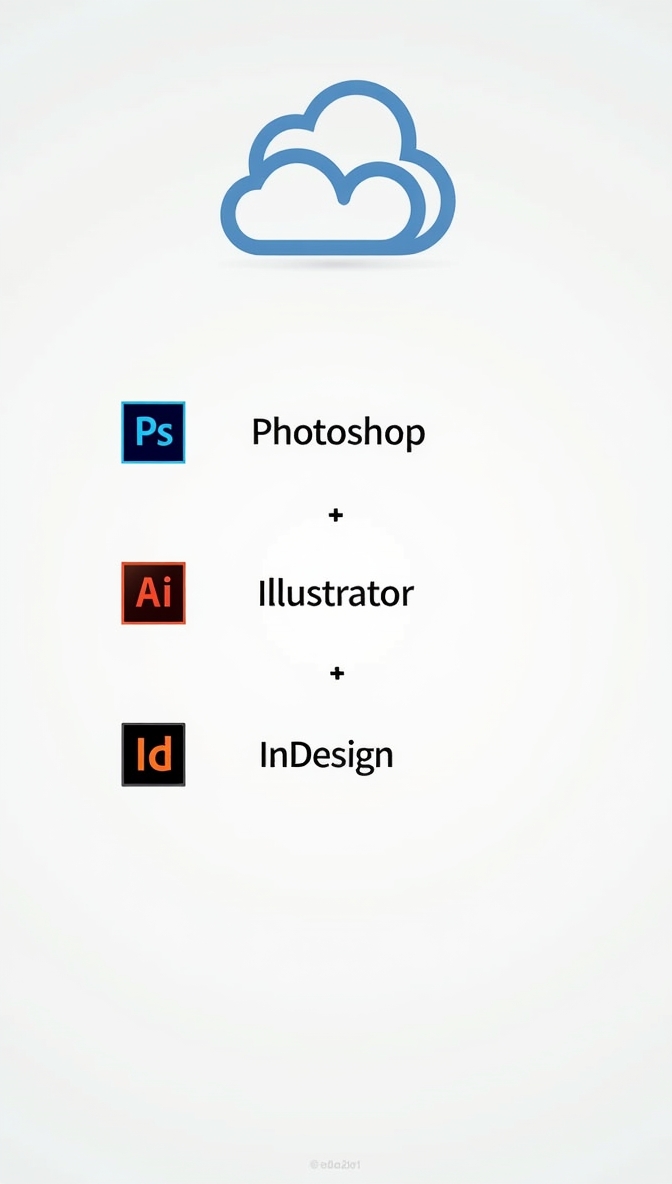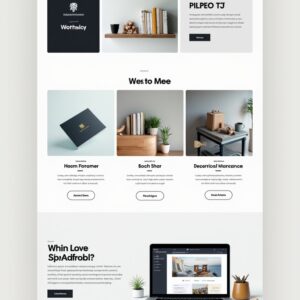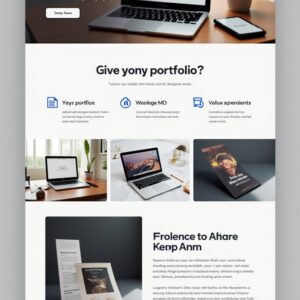Your Guide to Mastering Graphic Design as a Freelancer | Crafting Visual Excellence
Freelance Graphic Design: Mastering Skills & Building Your Career. Mastering Graphic Design as a Freelancer. Your ultimate guide to mastering graphic design for freelancers in 2025. Learn essential skills, tools, business strategies, and tips for success in the creative industry.

Introduction:
In today’s visually-driven world, graphic design stands as a cornerstone of effective communication and branding. For freelancers, mastering this craft isn’t just about creating aesthetically pleasing visuals; it’s about unlocking a world of opportunities, building a strong portfolio, and ultimately, securing a sustainable and rewarding career. Whether you’re a seasoned creative looking to refine your skills or an aspiring designer eager to break into the freelance scene, this comprehensive guide will equip you with the knowledge and insights needed to excel.
We’ll delve into the fundamental principles of graphic design, explore essential software and tools, provide practical tips for building your brand and client relationships, and address the common challenges faced by freelance graphic designers. By the end of this post, you’ll have a clear roadmap for honing your design prowess and navigating the exciting journey of freelance graphic design. Let’s dive in!
Main Content:
1. The Bedrock of Visual Communication: Mastering Graphic Design as a Freelancer Principles
Before diving into software and techniques, it’s crucial to understand the core principles that underpin effective graphic design. These principles act as the building blocks for creating impactful and meaningful visuals.
Typography: The art of selecting and arranging typefaces to make written language legible, readable, and appealing when displayed. This involves understanding font families, hierarchy, kerning, leading, and tracking.
Example: Choosing a clean and legible sans-serif font for body text while using a more expressive serif font for headlines to create contrast and visual interest.
Actionable Insight: Experiment with different font pairings and always prioritize readability based on the context of your design.
Color Theory: Understanding how colors interact and affect human emotion and perception. This includes knowledge of the color wheel, primary, secondary, and tertiary colors, complementary, analogous, and triadic color schemes, and the psychological impact of different hues.
Example: Using a blue and green color palette for a nature-based brand to evoke feelings of tranquility and growth.
Actionable Insight: Utilize online color palette generators and mood boards to explore different color combinations that align with your project goals.
Layout and Composition: The arrangement of visual elements on a page or canvas to create a balanced, hierarchical, and visually appealing design. Key elements include the rule of thirds, grid systems, white space (negative space), alignment, and visual flow.
Example: Applying the rule of thirds to position key elements off-center, creating more dynamic and engaging compositions.
Actionable Insight: Sketch out different layout ideas before starting your digital design process to explore various possibilities.
Imagery and Iconography: The effective use of photographs, illustrations, and icons to convey messages and enhance visual appeal. This includes understanding image resolution, composition, and the appropriate use of visual styles.
Example: Using high-quality, relevant stock photos or custom illustrations that directly support the content and brand message.
Actionable Insight: Curate a library of reliable stock photo and icon resources to save time and ensure quality in your designs.
Hierarchy: Guiding the viewer’s eye through the design by emphasizing certain elements over others. This can be achieved through variations in size, color, contrast, and placement.
Example: Making the main headline significantly larger and bolder than the body text to immediately draw the reader’s attention.
Actionable Insight: Use visual cues to establish a clear visual hierarchy, ensuring that the most important information stands out.
2. Your Digital Toolkit: Essential Software and Resources for Freelance Graphic Designers
Having a solid grasp of design principles is only part of the equation. As a freelance graphic designer, you’ll rely heavily on software and online resources to bring your creative visions to life.
Adobe Creative Cloud (Photoshop, Illustrator, InDesign): The industry standard for professional graphic design.
Photoshop: Primarily used for image editing, manipulation, and raster graphics. Ideal for photo retouching, creating digital paintings, and designing website mockups.
Visual Suggestion: A screenshot showcasing the Photoshop interface with key tools highlighted.
Illustrator: A vector graphics editor perfect for creating logos, illustrations, icons, and print materials that need to be scalable without loss of quality.
Visual Suggestion: An example of a logo designed in Illustrator showcasing its clean lines and scalability.
InDesign: Essential for layout and page design, particularly for multi-page documents like brochures, magazines, and ebooks.
Visual Suggestion: A layout example in InDesign demonstrating master pages and text flow.
Actionable Insight: Consider subscribing to the Adobe Creative Cloud if your budget allows, as it provides access to a comprehensive suite of powerful tools. Explore free trials to get started.
Alternatives to Adobe:
Canva: A user-friendly online design tool ideal for beginners and quick design tasks, offering a wide range of templates and free elements.
Visual Suggestion: A Canva interface screenshot showing its drag-and-drop functionality.
Affinity Designer and Affinity Photo: Powerful and affordable alternatives to Illustrator and Photoshop, respectively, offering professional-grade features.
Visual Suggestion: Logos designed in Affinity Designer and a photo edited in Affinity Photo displayed side-by-side.
GIMP (GNU Image Manipulation Program): A free and open-source raster graphics editor that offers many features similar to Photoshop.
Visual Suggestion: The GIMP interface highlighting some of its key editing tools.
Inkscape: A free and open-source vector graphics editor, a strong alternative to Illustrator.
Visual Suggestion: An illustration created using Inkscape.
Actionable Insight: Evaluate your needs and budget to choose the software that best fits your workflow. Don’t hesitate to start with free or more affordable options while you’re building your skills.
Essential Online Resources:
Stock Photo Websites (e.g., Unsplash, Pexels, Adobe Stock): For high-quality, royalty-free images.
Visual Suggestion: A collage of diverse images from different stock photo websites.
Icon Libraries (e.g., Font Awesome, The Noun Project): For a wide variety of scalable vector icons.
Visual Suggestion: Examples of different icon styles from popular icon libraries.
Color Palette Generators (e.g., Adobe Color, Coolors): To help you create harmonious color schemes.
Visual Suggestion: Screenshots of the Adobe Color and Coolors interfaces.
Font Foundries (e.g., Google Fonts, Adobe Fonts): For discovering and using a vast library of typefaces.
Visual Suggestion: Examples of different font styles available on Google Fonts.
Online Learning Platforms (e.g., Skillshare, Udemy, Coursera): For courses and tutorials on graphic design software and principles.
Visual Suggestion: Logos of popular online learning platforms.
Actionable Insight: Bookmark these resources and explore them regularly to stay updated with design trends and expand your skill set.
3. Building Your Freelance Foundation: Essential Business Skills for Graphic Designers
Mastering graphic design is only half the battle. As a freelancer, you also need to develop strong business acumen to attract clients, manage projects, and ensure financial stability.
Portfolio Development: Your portfolio is your most powerful marketing tool. It showcases your best work and demonstrates your skills to potential clients.
Key Elements: Include a diverse range of projects that highlight your strengths, tailor your portfolio to your target audience, and present your work professionally (mockups are crucial!).
Platforms: Consider using platforms like Behance, Dribbble, Adobe Portfolio, or create your own website.
Visual Suggestion: Mockups of various design projects (logos, websites, brochures) displayed on a digital portfolio.
Actionable Insight: Regularly update your portfolio with your latest and best work. Seek feedback on your portfolio from other designers and mentors.
Networking and Client Acquisition: Building relationships and actively seeking out new clients is essential for freelance success.
Strategies: Attend industry events (online and in-person), engage on social media platforms relevant to design (e.g., Instagram, LinkedIn), reach out to potential clients directly (personalized outreach), and leverage online freelance marketplaces (e.g., Upwork, Fiverr).
Actionable Insight: Dedicate time each week to networking and client outreach. Build genuine connections rather than just transactional ones.
Effective Communication: Clear and professional communication is key to managing client expectations and ensuring smooth project workflows.
Best Practices: Be responsive, listen actively to client needs, ask clarifying questions, provide regular updates, and document all agreements in writing (contracts).
Actionable Insight: Develop strong written and verbal communication skills. Practice active listening and learn how to articulate your design decisions effectively.
Project Management: Staying organized and managing your time effectively is crucial when juggling multiple freelance projects.
Tools and Techniques: Utilize project management tools (e.g., Trello, Asana), create detailed timelines, break down large projects into smaller tasks, and learn to prioritize effectively.
Actionable Insight: Implement a system for tracking your time and tasks. Set realistic deadlines and communicate any potential delays to your clients proactively.
Pricing Your Services: Determining your rates as a freelance graphic designer requires careful consideration of your skills, experience, the complexity of the project, and market rates.
Pricing Models: Hourly rates, per-project fees, retainer agreements.
Research: Research industry standards and factor in your overhead costs (software subscriptions, utilities, etc.).
Actionable Insight: Don’t undervalue your work. Be confident in your pricing and be prepared to justify your rates based on the value you provide.
4. Navigating the Freelance Landscape: Tips for Success
The freelance journey can be both rewarding and challenging. Here are some key tips to help you thrive:
Develop a Strong Personal Brand: Define your unique design style and voice. Create a consistent visual identity for your own freelance business (logo, website, social media).
Visual Suggestion: Examples of personal branding elements (logo, color palette, website design) for a fictional freelance graphic designer.
Stay Updated with Design Trends: The design world is constantly evolving. Follow design blogs, attend webinars, and experiment with new techniques to stay relevant.
Seek Feedback and Iterate: Don’t be afraid to share your work and ask for constructive criticism. Use feedback to improve your skills and refine your designs.
Manage Your Finances Wisely: Track your income and expenses, set aside money for taxes, and consider investing in professional development.
Prioritize Self-Care: Freelancing can sometimes lead to burnout. Ensure you take breaks, maintain a healthy work-life balance, and prioritize your well-being.
5. Overcoming Common Challenges Faced by Freelance Graphic Designers
Inconsistent Income: Freelance income can fluctuate. Build an emergency fund and explore strategies for securing recurring clients or retainer agreements.
Client Management Issues: Clearly define project scope, establish contracts, and learn how to manage difficult clients professionally.
Marketing Yourself Effectively: Consistently work on your portfolio, network, and explore different marketing strategies to attract new clients.
Staying Motivated and Disciplined: Create a dedicated workspace, set daily goals, and stay focused on your long-term objectives.
FAQs:
What are the most in-demand graphic design skills for freelancers in 2025?
Answer: Branding and logo design, web design (UI/UX), social media graphics, illustration, and motion graphics are consistently in high demand. Familiarity with responsive design principles and accessibility guidelines is also crucial.
How can I build a graphic design portfolio with no prior client work?
Answer: Focus on creating personal projects, redesigning existing websites or brands, offering pro bono work for non-profits, and participating in design challenges. Showcase your skills and creativity through these self-initiated projects.
What’s a good starting rate for a freelance graphic designer?
Answer: Starting rates vary based on your location, experience level, and the type of project. Research average freelance rates in your area and consider pricing your initial projects competitively to build your portfolio and client base. You can gradually increase your rates as your experience and demand grow.
How important is it for a graphic designer to specialize in a particular niche?
Answer: While being a generalist can offer variety, specializing in a niche can help you attract a specific type of client, position yourself as an expert, and potentially command higher rates. Consider your interests and strengths when deciding whether or not to specialize.
What are the key legal considerations for freelance graphic designers?
Answer: Understanding copyright laws, using contracts for every project, protecting your intellectual property, and being aware of data privacy regulations are essential. Consult with a legal professional if you have specific concerns.
📞 Call to Action (CTA)
Ready to begin your freelance journey?
✅ Enroll in our Graphic Design Course (Coming Soon)
📩 Contact us for personalized advice
📲 Follow on YouTube, LinkedIn, and Facebook
Conclusion:
Mastering graphic design as a freelancer is a journey that combines creative skill with business acumen. By understanding fundamental design principles, leveraging the right tools and resources, and developing strong business practices, you can build a successful and fulfilling freelance career. Remember to continuously learn, adapt to industry trends, and always strive to deliver exceptional value to your clients. The world of freelance graphic design is dynamic and full of opportunities – embrace the challenge, hone your craft, and create your own path to visual excellence.











Leave a Comment